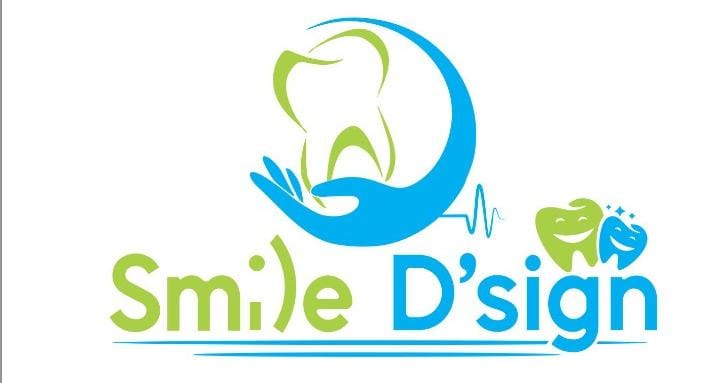Tooth Extractions

Tooth extractions are sometimes necessary to maintain your overall oral health. At Smile Dsign, we provide safe, effective, and comfortable tooth extraction services to address various dental issues, from severe decay to impacted teeth.
The Process
Diagnosis and Consultation: The process begins with a comprehensive examination, including X-rays, to evaluate the condition of the tooth and surrounding bone structure. This helps in planning the extraction procedure.
Anesthesia: Local anesthesia is administered to numb the area around the tooth, ensuring a pain-free experience during the extraction. In some cases, sedation may be offered to help you relax.
Extraction:
- Simple Extraction: For visible teeth, a simple extraction is performed using specialized dental instruments to loosen and remove the tooth.
- Surgical Extraction: For teeth that are broken, impacted, or not fully erupted, a surgical extraction is required. This involves making a small incision in the gum to access and remove the tooth.
Post-Extraction Care: After the tooth is removed, the area is cleaned and, if necessary, stitches are placed to aid in healing. A gauze pad is applied to control bleeding and help form a blood clot.
Benefits
Relief from Pain: Removing a severely decayed or damaged tooth can provide immediate relief from pain and discomfort.
Prevention of Infection: Extracting an infected tooth prevents the spread of infection to other teeth and surrounding tissues, safeguarding your oral health.
Improved Oral Health: Removing problematic teeth can improve your overall dental health and make it easier to maintain a clean and healthy mouth.
Facilitating Orthodontic Treatment: Tooth extractions may be necessary to create space for proper alignment during orthodontic treatment.
Signs You Might Need a Tooth Extraction
Severe Tooth Decay: When a tooth is too damaged by decay to be repaired with a filling or crown.
Advanced Gum Disease: When gum disease has caused significant damage to the bone and supporting structures of the tooth.
Impacted Teeth: Teeth that are trapped in the gum or bone, often seen with wisdom teeth, can cause pain and damage to adjacent teeth.
Overcrowding: Removing teeth may be necessary to alleviate overcrowding and prepare for orthodontic treatment.
Post-Extraction Care
Managing Bleeding: Bite on a gauze pad for 30-45 minutes to control bleeding. If bleeding persists, replace the gauze and continue to apply pressure.
Pain Management: Use prescribed or over-the-counter pain relievers as directed. Apply an ice pack to reduce swelling.
Oral Hygiene: Avoid rinsing or spitting forcefully for 24 hours to protect the blood clot. After 24 hours, gently rinse your mouth with warm salt water to keep the area clean.
Diet: Eat soft foods and avoid hot, spicy, or hard foods that could irritate the extraction site. Stay hydrated but avoid using straws.
Rest and Recovery: Rest and avoid strenuous activities for the first 24 hours to promote healing.
At Smile Dsign, we are committed to making your tooth extraction experience as comfortable and stress-free as possible. Our experienced team uses the latest techniques and technology to ensure safe and efficient extractions. Contact us today to learn more about our tooth extraction services and how we can help you maintain optimal oral health.

